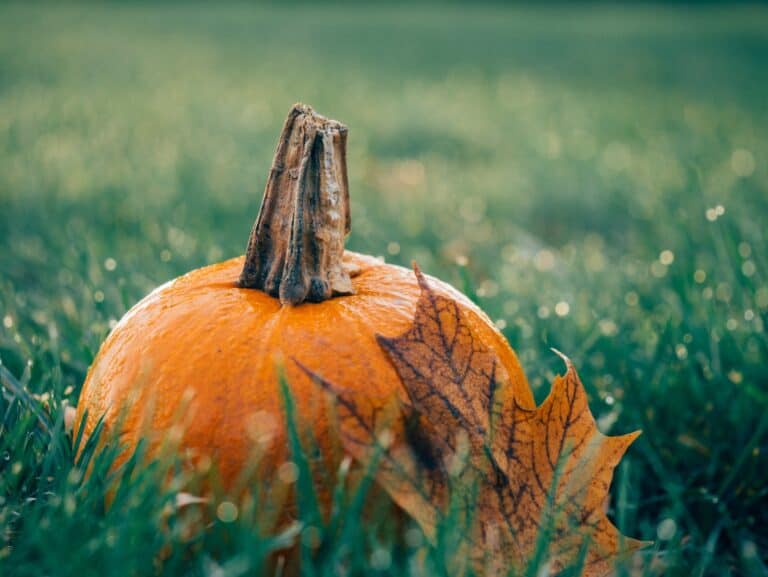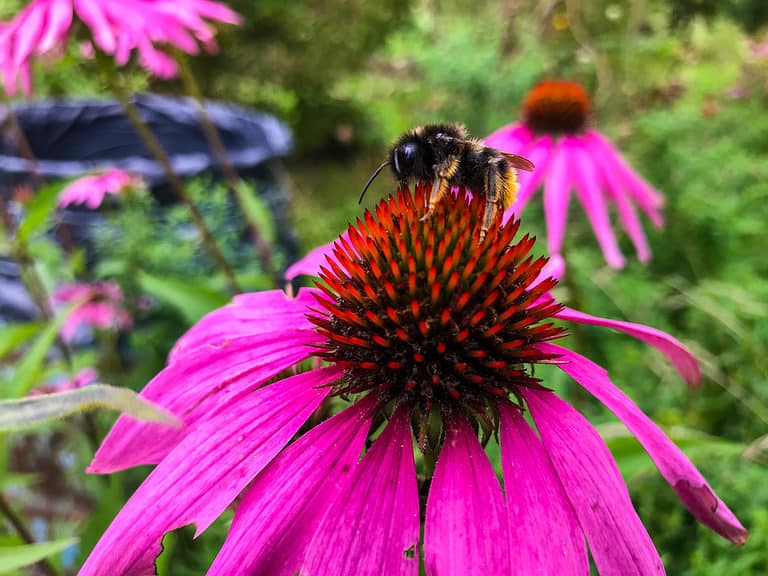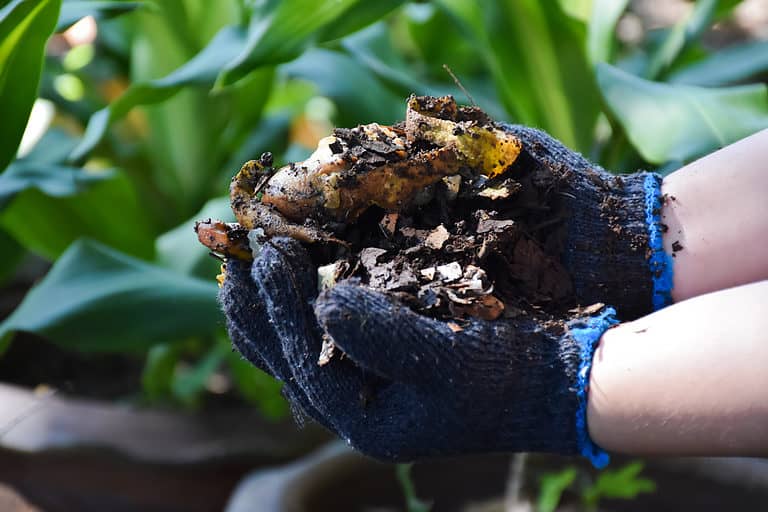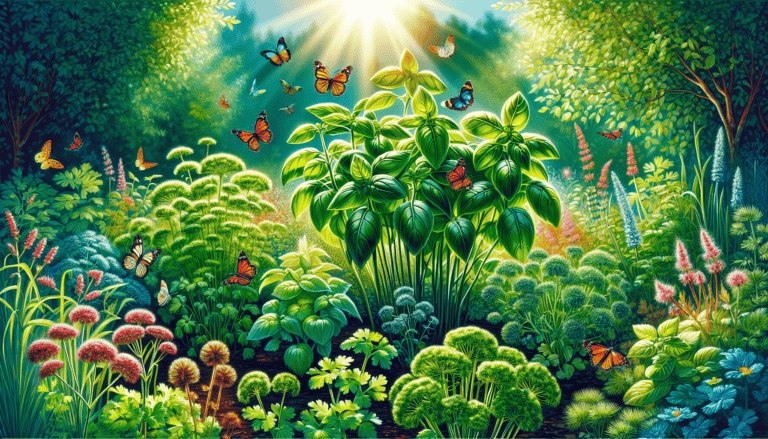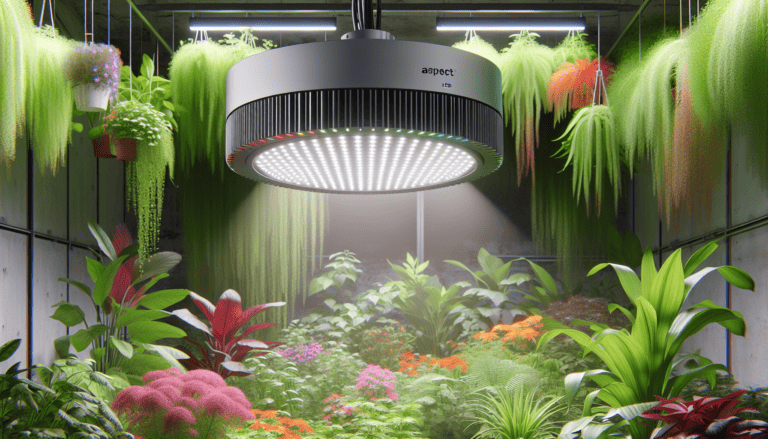Common Garden Diseases to Look Out For
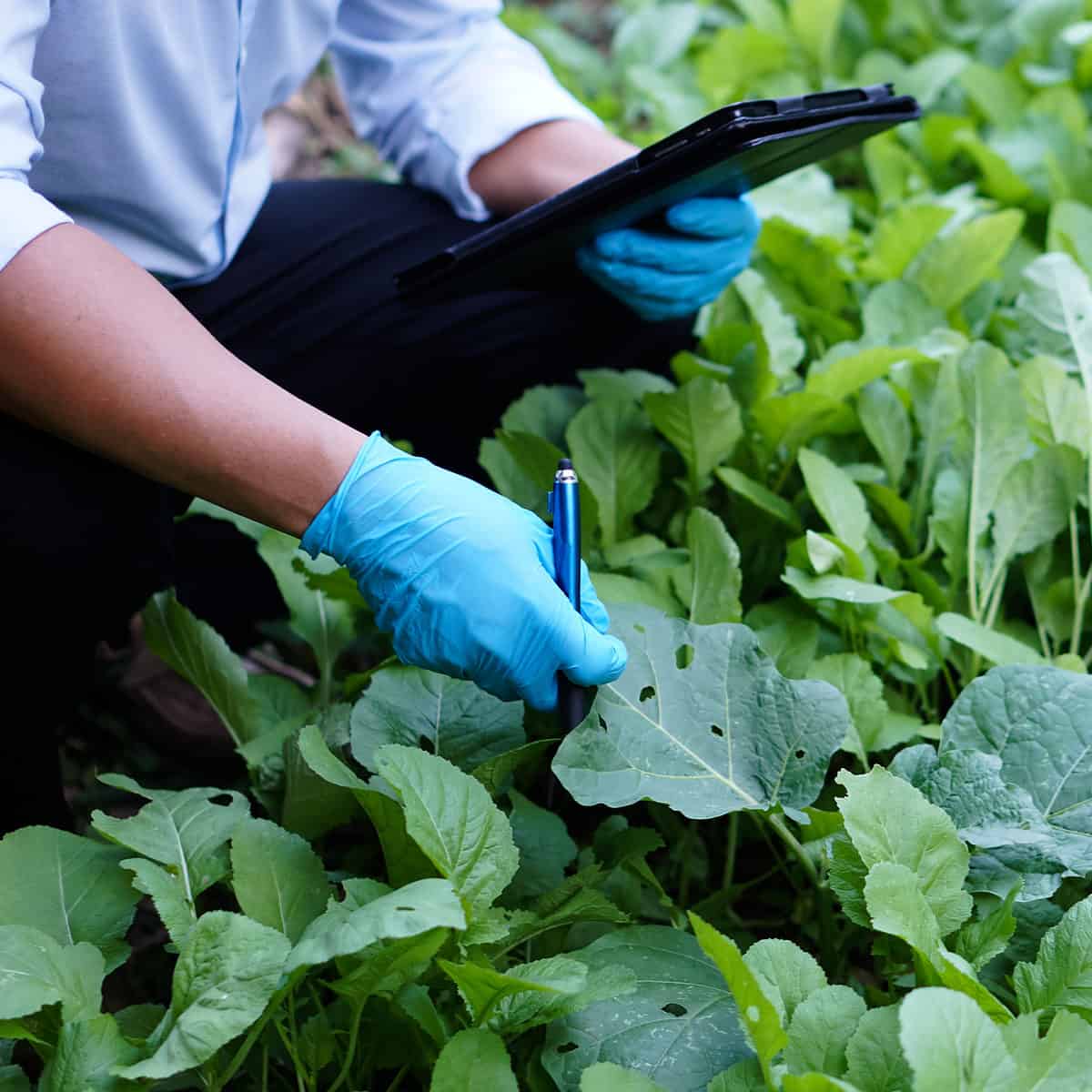
Gardening can be a rewarding hobby, but it’s not uncommon for plants to become infected with diseases. Here are some common garden diseases to watch out for and treatments to help you keep your plants healthy:
Look Out for These 5 Common Garden Diseases
1. Powdery Mildew:
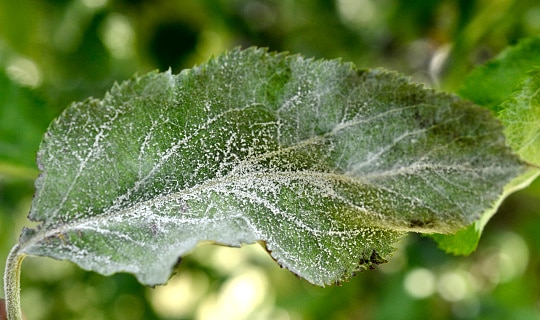
This is a fungal disease that appears as a white, powdery substance on the leaves of plants. The major cause of powdery mildew is high humidity and the treatment is using a combination of neem oil and water on the plant.
2. Black Spot:
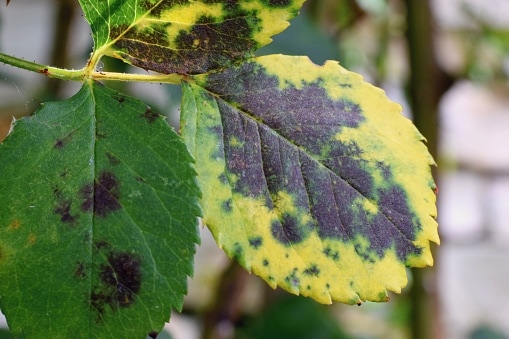
This is a fungal disease that appears as black spots on the leaves of plants. Again, high humidity is the cause and treatment is with a combination of neem oil and water.
3. Anthracnose:
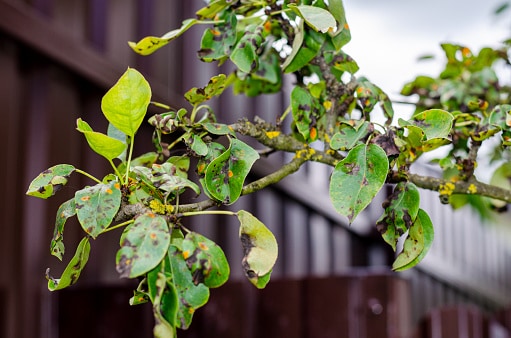
This is a fungal disease that appears as brown or black spots on the leaves of plants. High humidity causes Anthracnose and the best treatment for the plants is with neem oil and water.
4. Blight:
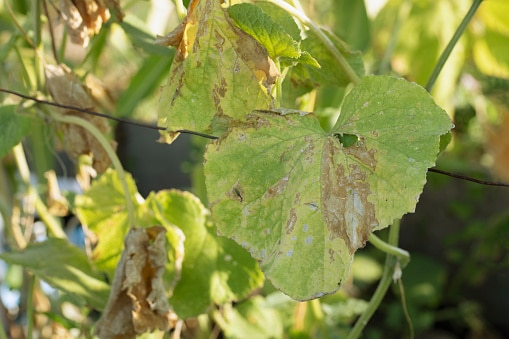
This is a bacterial disease that can cause the leaves, stems, and fruit of plants to wilt and die. It’s often caused by high humidity and can be treated with a combination of neem oil and water.
5. Rust:
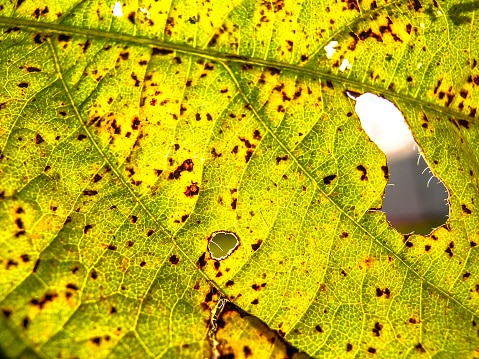
This is a fungal disease that appears as orange or red spots on the leaves of plants. Combining neem oil and water helps treat this garden disease as it is caused by high humidity.
Preventing the Common Garden Diseases
To prevent these diseases, it’s important to keep the humidity levels in your garden low and to water your plants at the base rather than from above. Additionally, regularly pruning infected plants can help prevent the spread of disease. If you’re unable to control a disease using these methods, you may need to use a chemical treatment. Always follow the instructions on the label and use caution when applying chemicals to your plants.
Overall, the key to preventing and treating garden diseases is to keep a close eye on your plants and take action as soon as you notice a problem. By following these tips, you can keep your garden healthy and beautiful.

